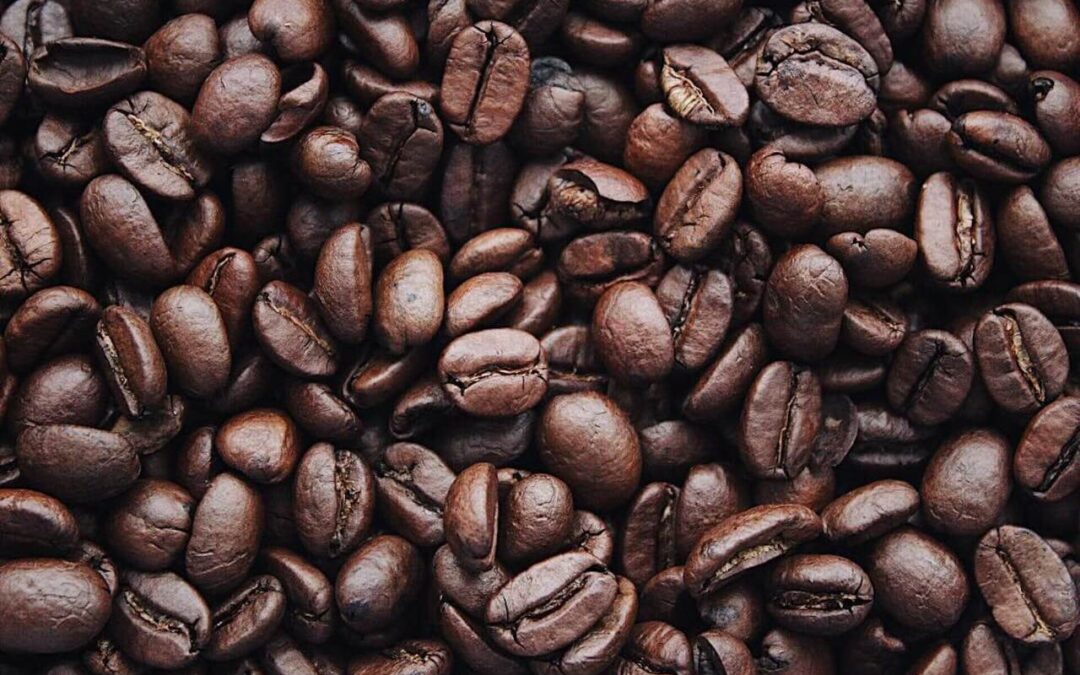In the bustling modern world, few substances hold as much sway over our daily lives as caffeine. From the first cup of morning coffee to the afternoon pick-me-up, caffeine is deeply entrenched in our routines. But what exactly is caffeine, and what does science reveal about its effects on our bodies and minds? Let’s take a closer look at the science behind this ubiquitous stimulant and explore its fascinating history.
Understanding Caffeine: A Closer Look at the Molecule
Caffeine is a natural stimulant found in coffee beans, tea leaves, and cacao pods. Chemically, it belongs to a class of compounds called methylxanthines, which act as central nervous system stimulants in humans. When consumed, caffeine works by blocking the action of adenosine, a neurotransmitter that promotes relaxation and sleepiness. By binding to adenosine receptors in the brain, caffeine prevents adenosine from exerting its usual calming effects, leading to increased alertness and wakefulness.
The History of Caffeine: From Ancient Rituals to Modern Consumption
The use of caffeine-rich beverages dates back thousands of years, with archaeological evidence suggesting that humans have been consuming caffeinated drinks since at least the Neolithic period. In ancient civilizations such as those of the Mayans and the Aztecs, beverages made from cacao pods and kola nuts were prized for their stimulating properties. Over time, the cultivation and consumption of caffeine-containing plants spread around the world, leading to the development of iconic beverages like coffee and tea.
The Science of Caffeine Metabolism: How Our Bodies Process the Stimulant
Once consumed, caffeine is rapidly absorbed into the bloodstream and distributed throughout the body. The liver metabolizes caffeine into various compounds, including paraxanthine, theobromine, and theophylline, which exert additional physiological effects. Individual differences in caffeine metabolism can influence how quickly or slowly the body processes the stimulant, leading to variations in its effects from person to person. Factors such as genetics, body size, and liver function can all play a role in determining how efficiently caffeine is metabolized.
Exploring the Effects of Caffeine: From Alertness to Performance Enhancement
Caffeine’s primary effect is to increase alertness and reduce feelings of fatigue, making it a popular choice for those seeking to boost their productivity or stay awake during long periods of work or study. Additionally, caffeine has been shown to improve cognitive function, enhance physical performance, and even aid in fat metabolism. However, excessive caffeine consumption can lead to negative side effects such as jitteriness, insomnia, and increased heart rate. Finding the right balance of caffeine intake is essential for maximizing its benefits while minimizing potential risks to health.
The Cultural Significance of Caffeine: Rituals, Traditions, and Social Bonding
Beyond its physiological effects, caffeine holds significant cultural and social importance in many societies around the world. From the traditional tea ceremonies of East Asia to the vibrant coffeehouse culture of Europe, caffeinated beverages have long been associated with rituals, traditions, and social bonding. Today, coffee shops and cafes serve as community hubs where people gather to connect, converse, and enjoy their favorite caffeinated drinks.
In Conclusion: Navigating the World of Caffeine
In conclusion, the science behind caffeine offers a fascinating glimpse into its multifaceted effects on the human body and mind. From its molecular structure to its cultural significance, caffeine has captured the interest and imagination of scientists, historians, and coffee aficionados alike. By understanding the science behind caffeine, we can make informed choices about its consumption and harness its benefits to enhance our daily lives. So whether you prefer a strong cup of coffee or a soothing mug of tea, take a moment to appreciate the science behind your favorite caffeinated beverage.
To read more, read Caffeine: The World’s Most Popular Drug.
